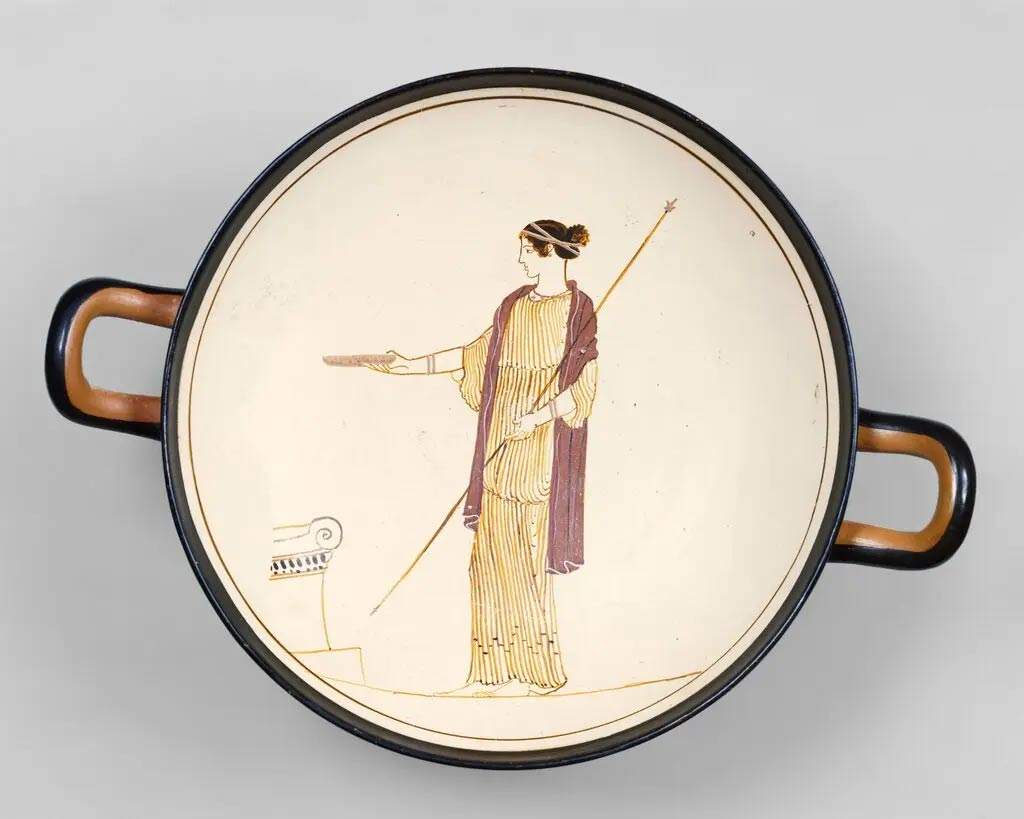Twenty-seven ancient objects have been seized at the Metropolitan Museum in New York by the Manhattan District Attorney’s Office. Several U.S. news outlets have reported on them in recent hours: they are objects worth more than 13 million euros, all of them of illicit provenance, and in particular 21 are fromItaly and six fromEgypt. They were seized on the basis of three separate warrants executed since February, and will be returned to the two countries in special ceremonies next week.
Some of the objects, the New York Times reports, passed through the hands of people long suspected of dealing in antiquities, such as antiquarian Gianfranco Becchina, who ran a gallery in Switzerland for decades before being investigated by Italy in 2001. But most of the objects had entered the Met’s collection long before Becchina was publicly accused of illicit activity. However, eight of the seized objects were acquired directly from Becchina, according to the district attorney’s office. Becchina was convicted of trafficking antiquities in Greece, while in Italy a treasure trove of 6,300 Greco-Roman artifacts was confiscated from him in 2011, since the Italian courts had determined that these objects were of illicit origin. Criminal charges had meanwhile lapsed due to the statute of limitations.
An antiquities trafficking expert quoted by the New York Times without being named said the Met should have examined the provenance of all the objects purchased from Becchina’s gallery, Galerie Antike Kunst Palladion in Basel, as soon as it learned of the measures taken against it. However, the Met said information about the Italian objects had only recently been made available to the museum by the district attorney’s investigators, that the museum had cooperated fully, and that its reviews of the acquisitions had become more rigorous in the decades since the objects arrived. “The norms of collecting have changed significantly over the past several decades,” the museum said, “and the Met’s policies and procedures in this regard have been constantly reviewed over the past 20 years.”
Objects confiscated at the Met include a terracotta kylix (a wine goblet) from 470 B.C., purchased by Becchina’s gallery in 1979, and then again a terracotta statuette of a Greek goddess from around 400 B.C., donated to the museum in 2000 by Robin Symes, a British antiquities dealer. Egyptian objects include fragments of painted linen and a portrait of a woman on a panel.
Manhattan District Attorney Alvin L. Bragg said it should be no secret to museums, collectors and auction houses that some of the pieces in their possession may have been looted by organized traffickers. “The investigations conducted by my office have clearly exposed these networks,” he said in a memo, “and have put into the public domain a wealth of information that the art world can proactively use to return antiquities to those to whom they rightfully belong.”
Pictured is the terracotta kylix seized at the Met.
 |
| US, 27 antique pieces of illegal provenance seized at the Met. 21 will be returned to Italy |
Warning: the translation into English of the original Italian article was created using automatic tools. We undertake to review all articles, but we do not guarantee the total absence of inaccuracies in the translation due to the program. You can find the original by clicking on the ITA button. If you find any mistake,please contact us.